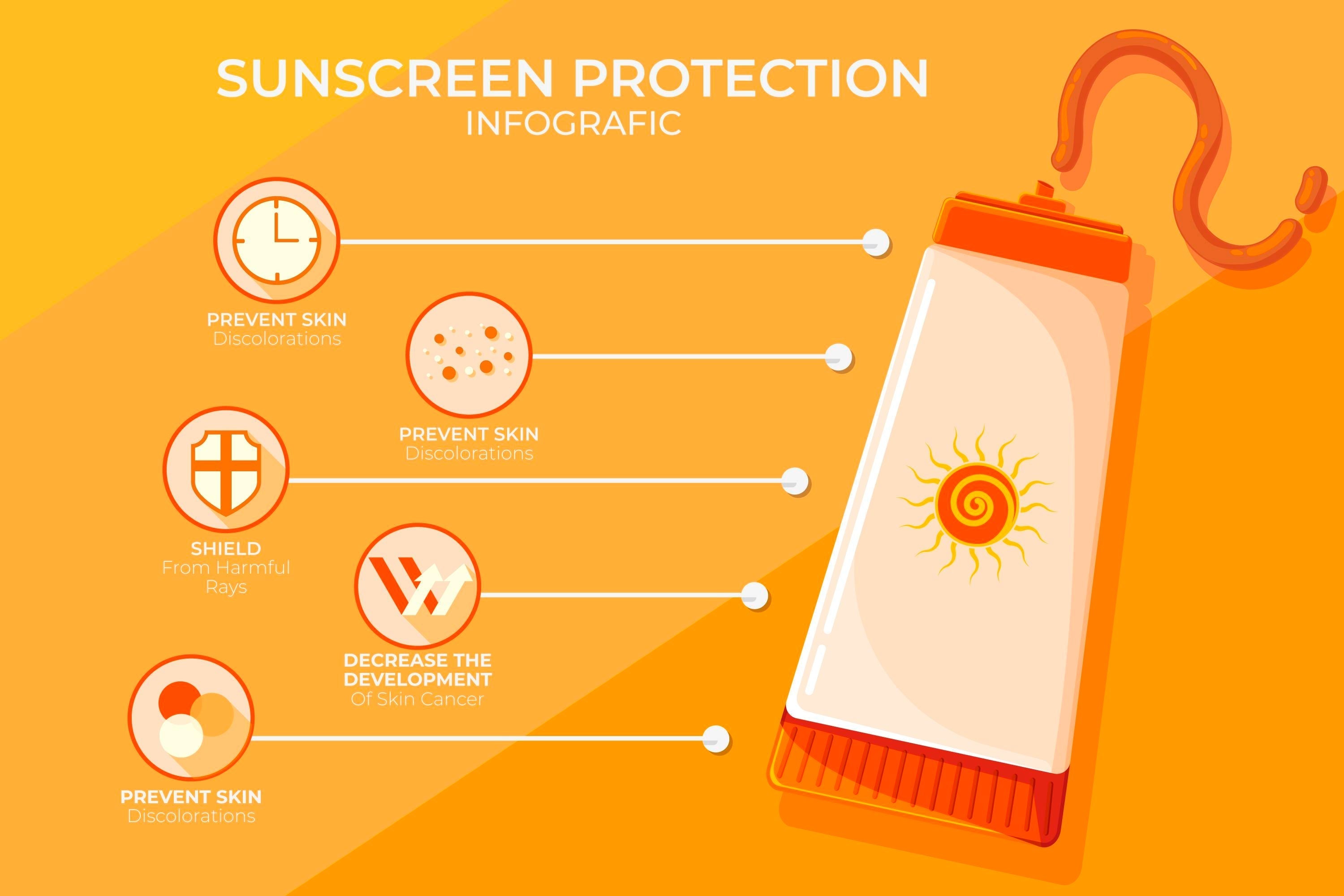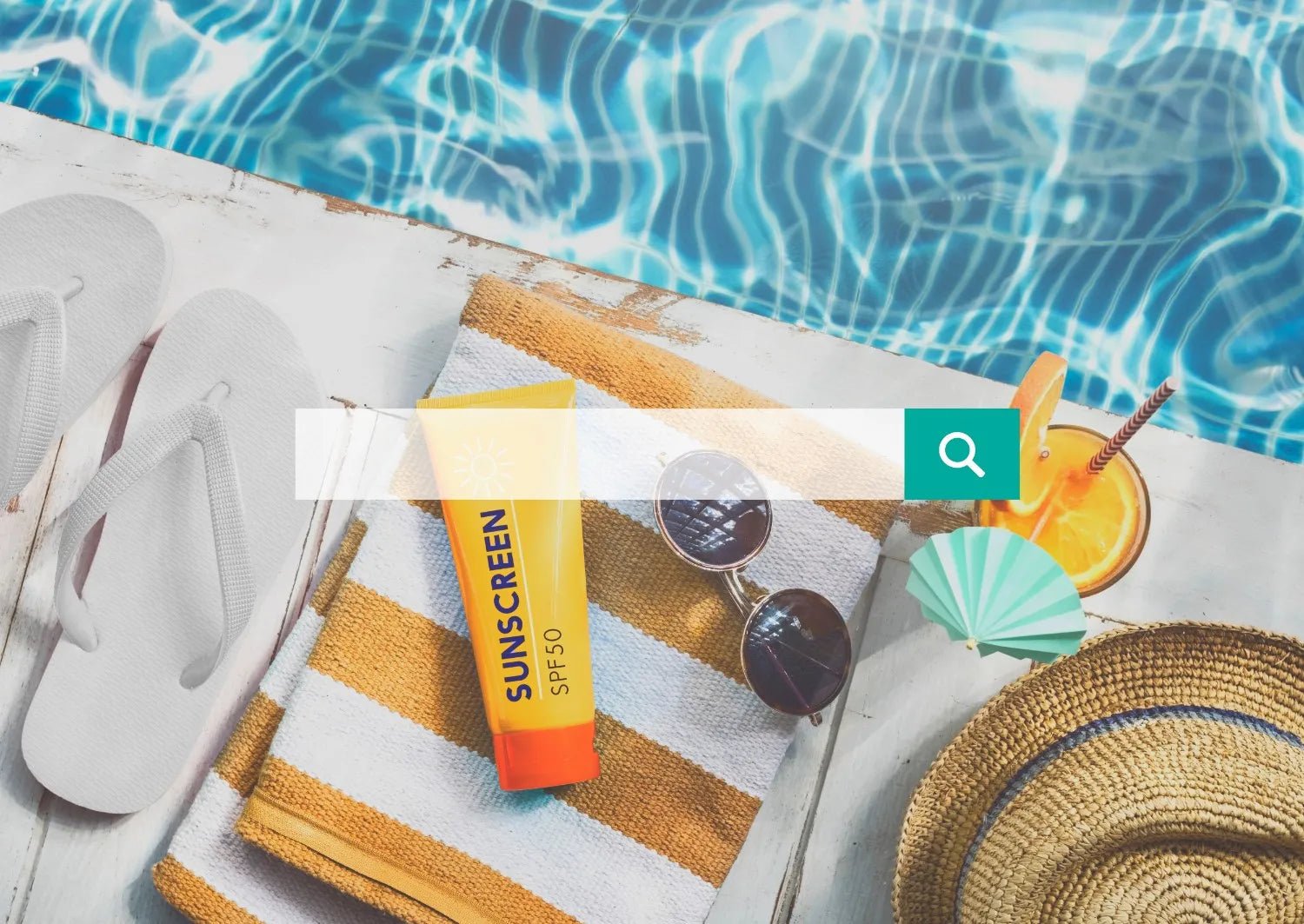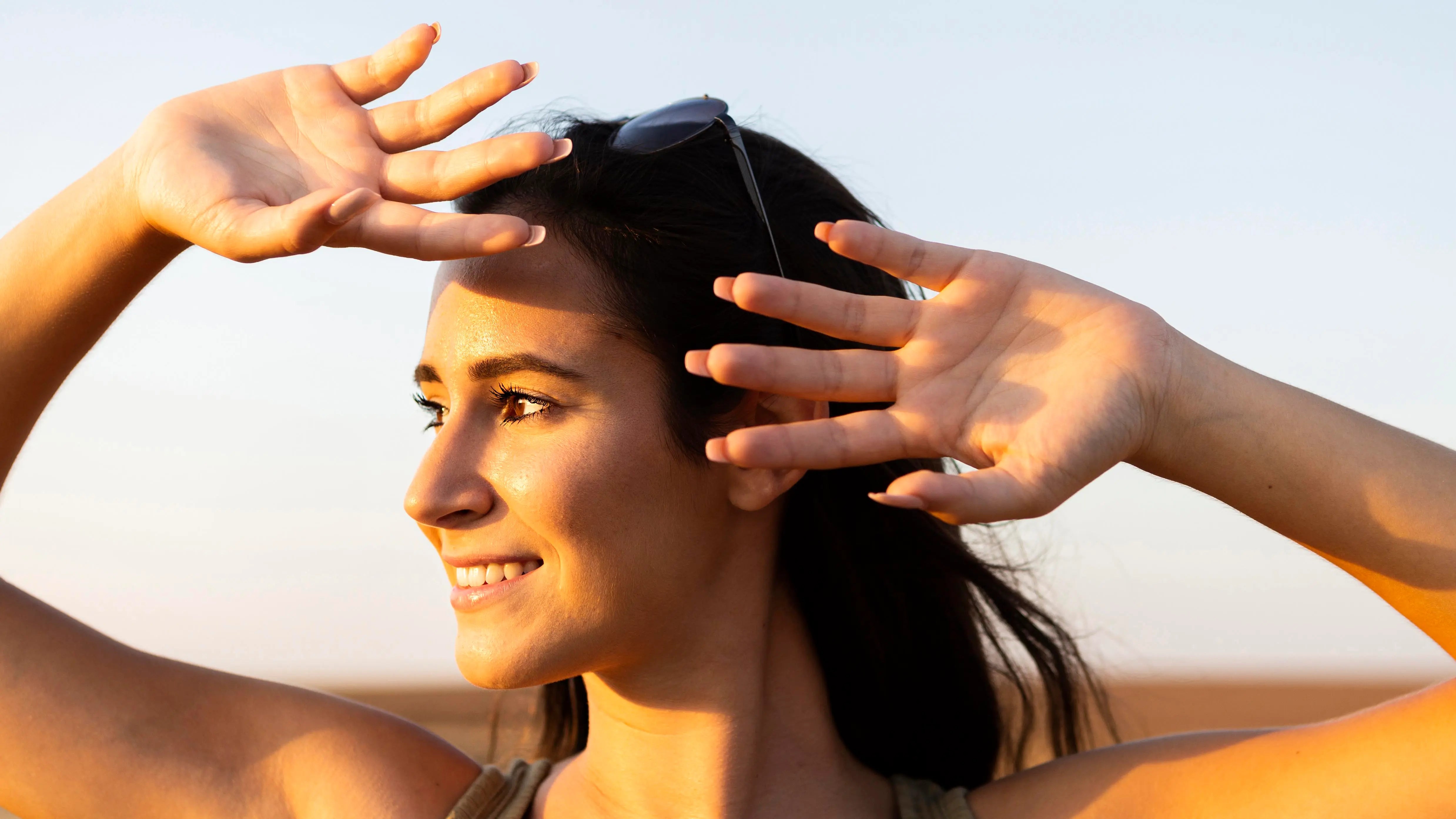
The Science of Broad-Spectrum Sunscreens: Why UVA and UVB Protection Matters
Most people think of sunscreen as a product to prevent sunburn, but its role goes far beyond that. Modern dermatology shows that consistent use of sunscreen is one of the most effective defences against skin ageing and certain types of skin cancer. Not all sunscreens offer the same level of defence, though.
The term broad-spectrum sunscreen has become increasingly important, referring to products that shield the skin against both UVA and UVB radiation. To understand why this matters, it helps to look closely at how these two forms of ultraviolet radiation affect the skin.
Understanding Ultraviolet Radiation
The sun emits different types of ultraviolet (UV) rays, but the two most significant for skin health are UVA and UVB. Both can cause long-term damage, but they affect the skin in different ways:
-
UVA rays make up around 95% of the UV radiation that reaches the Earth’s surface. They penetrate more deeply into the skin, affecting the dermis, which leads to premature ageing, fine lines, and pigmentation. Unlike UVB, UVA exposure can occur even through glass windows and on cloudy days.
-
UVB rays primarily affect the outer layer of the skin. They are the main cause of sunburn and play a direct role in the development of skin cancers, particularly melanoma and basal cell carcinoma. UVB intensity also varies with time of day, altitude, and season.
This distinction highlights why a sunscreen that only blocks UVB is incomplete. Protecting against both is essential for overall skin health.
What “Broad-Spectrum” Really Means
The label “broad-spectrum” is not a marketing phrase but a regulatory classification. In most regions, including the US and EU, a sunscreen can only claim to be broad-spectrum if it passes standardised testing that measures protection across the entire UV range.
-
UVB protection is expressed as the SPF (Sun Protection Factor) rating. SPF indicates how much longer it would take for UVB to cause skin redness compared to unprotected skin.
-
UVA protection does not have a universal global rating system, but many countries require products to meet a minimum ratio of UVA to SPF protection.
This ensures that a sunscreen labelled as broad-spectrum provides balanced coverage, not just a high SPF that only blocks UVB.
The Biological Impact of UVA and UVB Damage
The reason dermatologists stress the use of broad-spectrum sunscreens lies in the biological effects of UV exposure:
-
DNA Damage: Both UVA and UVB rays can damage cellular DNA, but through different mechanisms. UVB directly alters DNA bases, while UVA generates reactive oxygen species (ROS) that indirectly damage cells.
-
Photoaging: UVA-induced oxidative stress breaks down collagen and elastin, leading to wrinkles and sagging. This is why sunscreen is often described as the best “anti-ageing” skincare product.
-
Cancer Risk: Prolonged UV exposure increases the likelihood of mutations that can trigger skin cancer. According to the World Health Organisation, up to 90% of non-melanoma skin cancers are linked to UV radiation.
Understanding these mechanisms justifies the need for comprehensive protection rather than relying on SPF alone.
Ingredients That Provide Broad-Spectrum Coverage
Not all sunscreen ingredients cover both UVA and UVB ranges. Formulators often combine multiple filters to achieve complete protection.
-
Chemical filters: Examples include avobenzone (UVA), octocrylene (UVB), and newer stabilised molecules such as bemotrizinol and bisoctrizole that cover a wider spectrum.
-
Physical filters: Titanium dioxide and zinc oxide are mineral-based and naturally reflect or scatter both UVA and UVB rays. Modern formulations reduce the chalky appearance once associated with these ingredients.
The choice of filters affects not only protection but also skin tolerance, stability, and cosmetic feel.
Daily Application: Why Consistency Matters
One common misconception is that sunscreen is only needed during summer holidays or outdoor activities. In reality, UVA rays remain constant throughout the year and penetrate through clouds and windows. This means daily application is necessary, even on overcast days or when indoors near sunlight.
Equally important is the quantity and frequency of use. Studies show most people apply only 25–50% of the recommended amount, reducing the labelled SPF protection. Dermatologists advise reapplying every two hours when outdoors and immediately after swimming or sweating.
Beyond the Beach: Everyday Scenarios for Broad-Spectrum Protection
The modern lifestyle involves unexpected UV exposure. Driving exposes skin to UVA through car windows. Office workers seated near windows experience cumulative radiation. Even walking short distances daily adds up over time. Incorporating broad-spectrum sunscreen into morning routines ensures consistent protection without needing to make conscious decisions throughout the day.
Winding Up
The science is clear: UVA and UVB rays both pose serious risks to skin health. Sunscreens that only block UVB provide incomplete protection, leaving the skin vulnerable to premature ageing and long-term damage. Broad-spectrum sunscreens bridge this gap, offering a defence against the full spectrum of harmful rays. Choosing the right formulation and using it consistently is not just about avoiding sunburn—it is about preserving skin health for the long term.
Need top-rated sunscreens? Visit Med7 Pharmacy.



